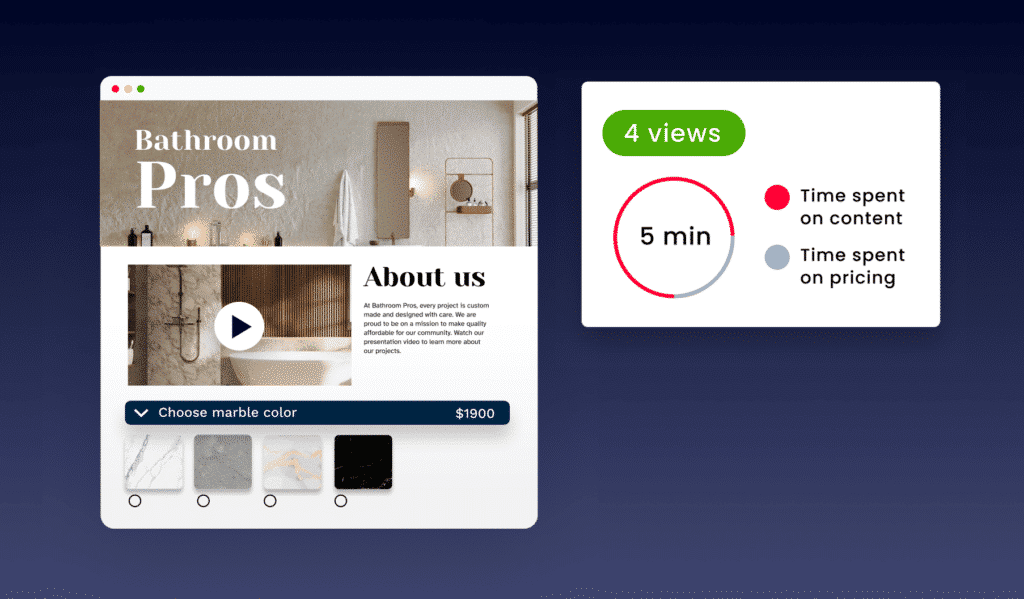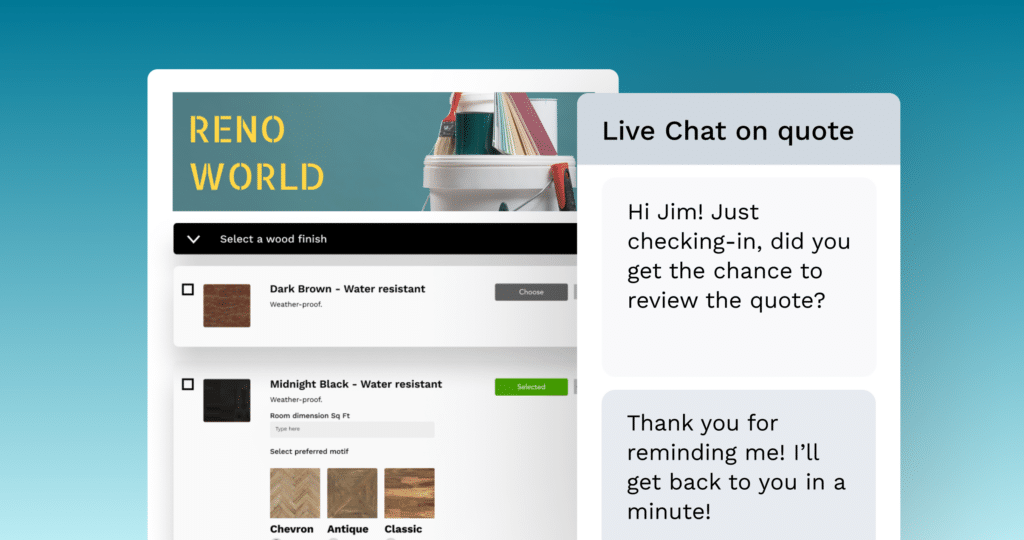
Negotiation in sales is an art that requires a strategic approach and certain skills. Fortunately, these skills are easier to develop than you might think. With the right techniques and a bit of practice, you can quickly become more effective in your sales negotiations. In this short article, we’ll cover five actionable tips that you can implement right away to help you close more deals and build better relationships with your clients.
1. Use Data to Back Up Your Claims
When discussing the benefits of your product or service to a potential client, try to support your claims with hard data. This could be statistics, case studies, or testimonials from other satisfied clients. For example, instead of saying, “Our solution will improve your efficiency,” say, “Our solution has helped companies increase efficiency by 30% within the first three months, according to our client case studies.”
If you don’t have formal case studies or reviews, draw on your experiences with other clients. Share specific examples and results to show your product or service’s effectiveness. The goal is to provide evidence that your solutions have successfully helped others in similar situations to instil confidence in your potential client.
Key takeaway: Always have concrete data at your fingertips.
2. Ask Open-Ended Questions
Open-ended questions help you understand the client’s needs and concerns better. Instead of asking, “Do you have any issues with your current system?” try, “Can you tell me more about the challenges you’re facing with your current system?” Similarly, replace “Are you looking to improve your processes?” with “What specific areas are you hoping to improve in your processes?”
These questions prompt detailed responses, providing you with valuable insights to tailor your pitch effectively. By understanding their pain points and goals, you can position your product or service as the ideal solution.
Key takeaway: Encourage dialogue by asking questions that cannot be answered with a simple ‘yes’ or ‘no.’
3. Summarize and Confirm
Throughout your conversation, take moments to recap what has been discussed and ensure that both parties are aligned. For instance, after discussing the client’s challenges, you might say, “So, from what you’ve told me, your main concern is reducing operational costs and improving efficiency, is that correct?” This approach ensures there are no misunderstandings and shows that you are actively listening and valuing their input.
Additionally, summarizing can highlight key points and keep the conversation focused. It helps you steer the discussion back to critical aspects where you can provide value if it starts to veer off course.
Key Takeaway: Periodically summarize what you’ve discussed and confirm understanding.
4. Present Multiple Options
Providing options can make clients feel more in control of the decision-making process. Always try to offer multiple choices, but first, be sure to understand the client’s specific needs as it will help you recommend the option that best fits their situation.
For instance, you might say, “Given your primary concern about reducing operational costs and improving efficiency, I recommend the Standard package. It provides the right balance of features without the higher cost of the Premium package.”
Additionally, offering a more costly option and then recommending a slightly less expensive one can build trust. This approach shows your client that you are committed to providing the best solution, not just selling the most expensive product. By suggesting the best option based on their needs, you demonstrate your focus is on their best interests, ultimately building a stronger relationship. Remember, trust is key to making the sale, no matter how good your offer might be.
Key Takeaway: Offer a few different packages or solutions, and recommend the best fit based on the client’s specific needs.
5. Use Conditional Closing Techniques
Conditional closing techniques involve framing your close around the client’s specific needs and the benefits your solution offers. This method can help the client envision the positive outcome of choosing your product or service by tying the action of closing the deal directly to the benefits you’ve discussed, making it easier for the client to say yes.
Be sure to make your conditional closing phrases are clear and specific. Here are a few examples:
- “If we could reduce your operational costs by 20%, would you be ready to move forward?”
- “If we could improve your team’s productivity by 30%, would you consider starting the implementation next month?”
- “If this solution could save you 10 hours a week, would you be willing to proceed with the purchase?”
This approach not only highlights the direct benefits of your solution but also encourages the client to think about the immediate positive impact on their business. This is a proven technique to increase your chances of closing the deal.
Key takeaway: Close deals by linking your solution directly to their needs with conditional phrases.

Remember, successful negotiation is about being prepared, asking the right questions, confirming understanding, offering choices, and linking solutions directly to client needs. By integrating these actionable tips into your sales negotiations, you can immediately improve your effectiveness and close more deals.
If you’re using QuoteMachine, you can leverage tools like built-in chat for enhanced communication and interactive proposals that allow customers to select multiple options. Additionally, you can see the selections customers are making in the back end, even if they haven’t finished submitting the proposal. This insight into their decision-making process can provide you with valuable information to tailor your approach.
Try it out today and see the impact it can have on your negotiations. If you’re not yet a customer, book a demo to see how QuoteMachine can help you become more effective in negotiations.
